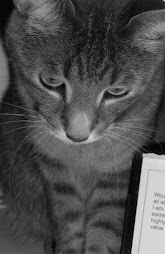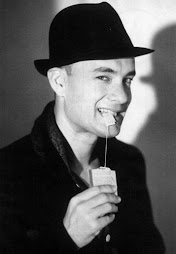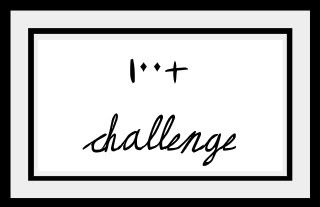
Love Drugged
James Klise

rating: 6.5 out of 10 "books"
What could be better than reading a book written by one of your own: I’m referring to a fellow librarian of course. In his first YA novel, Klise presents the possibility of a cure for homosexuality in the form of a little blue pill. And why shouldn’t it be a pharmaceutical company that invents the cure for such a “perversion of the human way of life,” (this is me quoting the opinion of countless people across the globe). For me however, I saw this story as one that presented a possible threat to the happiness of so many people who just so happen to be gay.
Love Drugged, is the story of Jamie Bates, a fifteen year old who just wants to be like any normal girl-obsessed teenage boy. The only problem is that he’s not: Jamie is gay. So when the should-be girl of his dreams, Celia, introduces Jamie to her father, the creator of a in-the-works gay cure called Rehomoline, Jamie, desperately seeking to live the life he feels he was meant to, has no choice but to steal some of the pills. However, as the pills take away his attraction to men; horrible side effects fill its place. Even worse, Jamie sees no advancement in his attraction to women, Celia included. The story follows Jamie as he makes bad choices, one after the other, and the people he will eventually hurt in his quest to be straight.
With the recent national “Things Will Get Better” campaign, I thought this book was fitting, especially since, within my own library system, there have been suicides due to unacceptance and ridicule because of sexual preference. Initially upon reading, I saw Rehomoline as a good thing; why shouldn’t people have a choice as to whether they want to be gay or not. But eventually, and as suggested further on in the book, why should that even be an issue? Why should a gay individual have to make that choice? It’s like an African American having the choice to become white, as if there were something wrong with being black. In an even larger scope, and something that I only realized after reading it further in this book, what if this drug did become available, and instead of people having the choice of whether or not they wanted to be “straight,” the drug was, for lack of a better word, weaponized, and forced upon homosexual individuals in order to mold them into some crazy idea of what a man or woman should be, or, more specifically, who they should love. In my opinion, that’s one less thing that needs to be made available to the likes of the ultra-religious homophobes. The worst part of this story is that the drug does nothing to “cure” homosexuality because although it may take away a man or woman’s attraction to the same sex, it does nothing to make a man or woman attracted to the opposite sex: it simply “suppresses the homosexual response in the brain,” thus destroying the one thing that separates man from all other creatures and turning people into a sort of zombie, devoid of any kind of human emotions relating to love.
Although this book and I started off pretty slow, I really came to like it, especially what it stands for and some of the issues and thought-provoking questions it brought up for me.

























